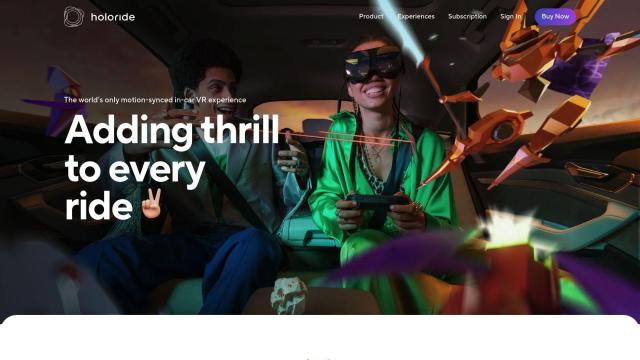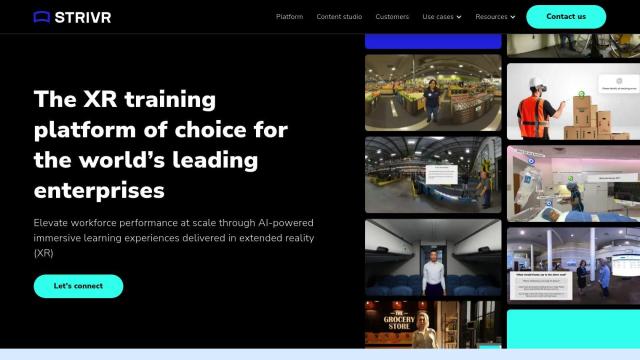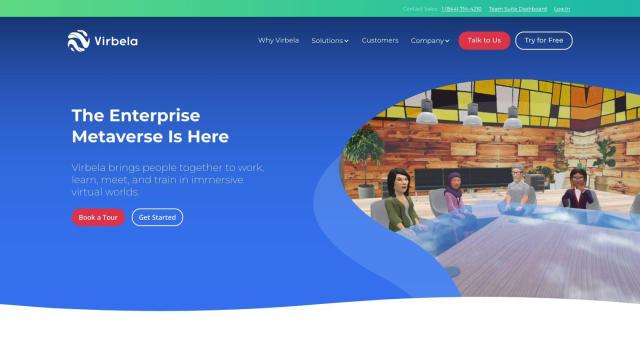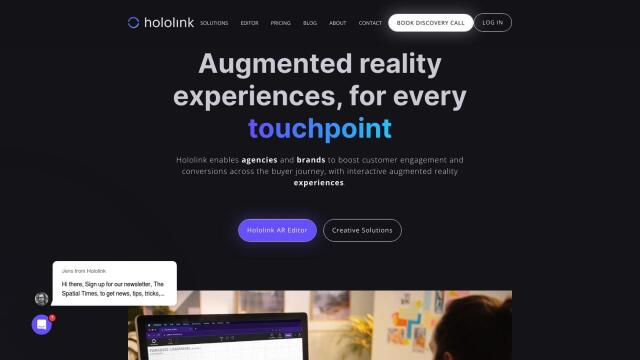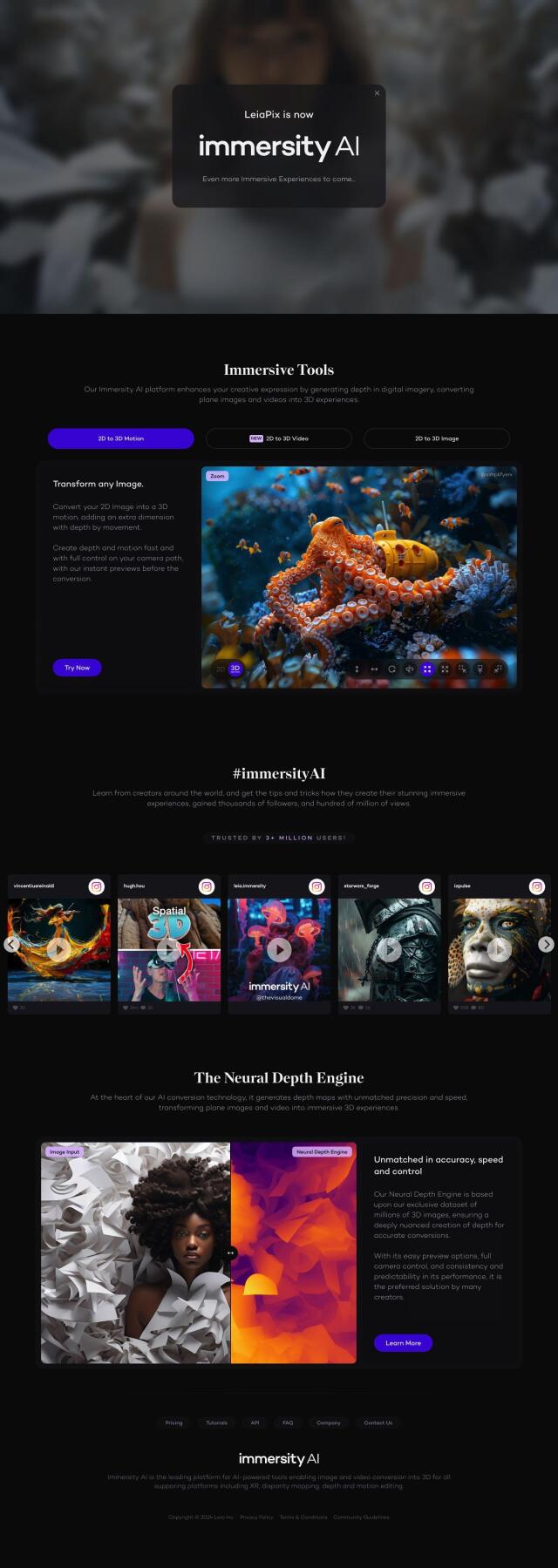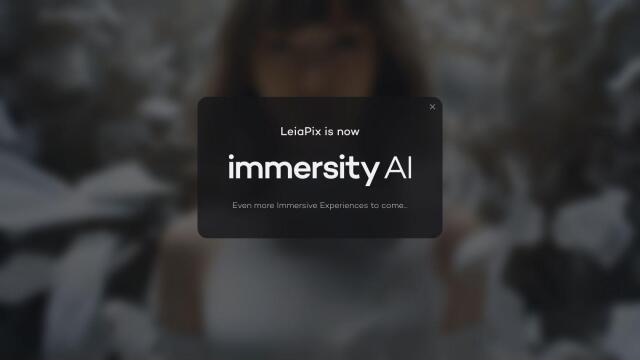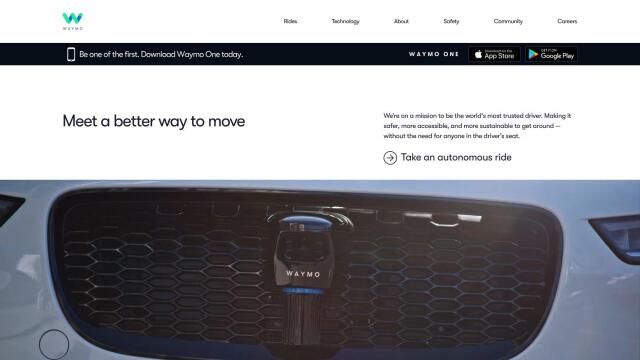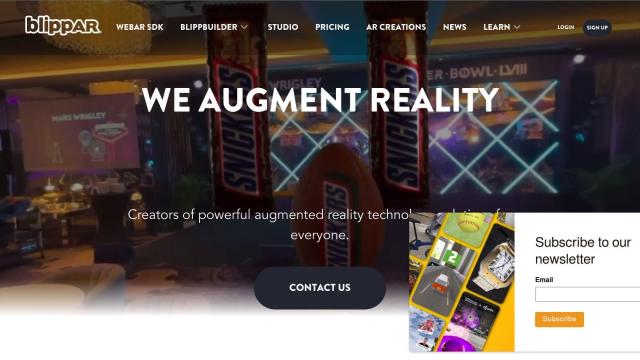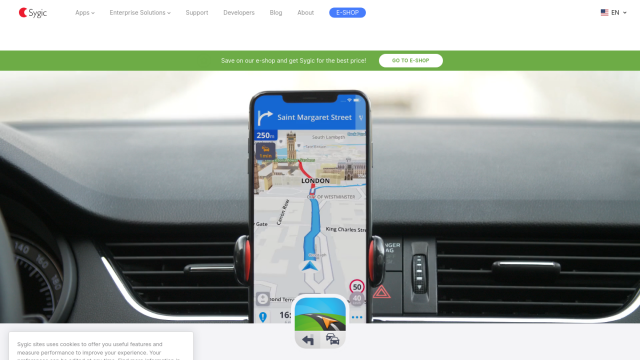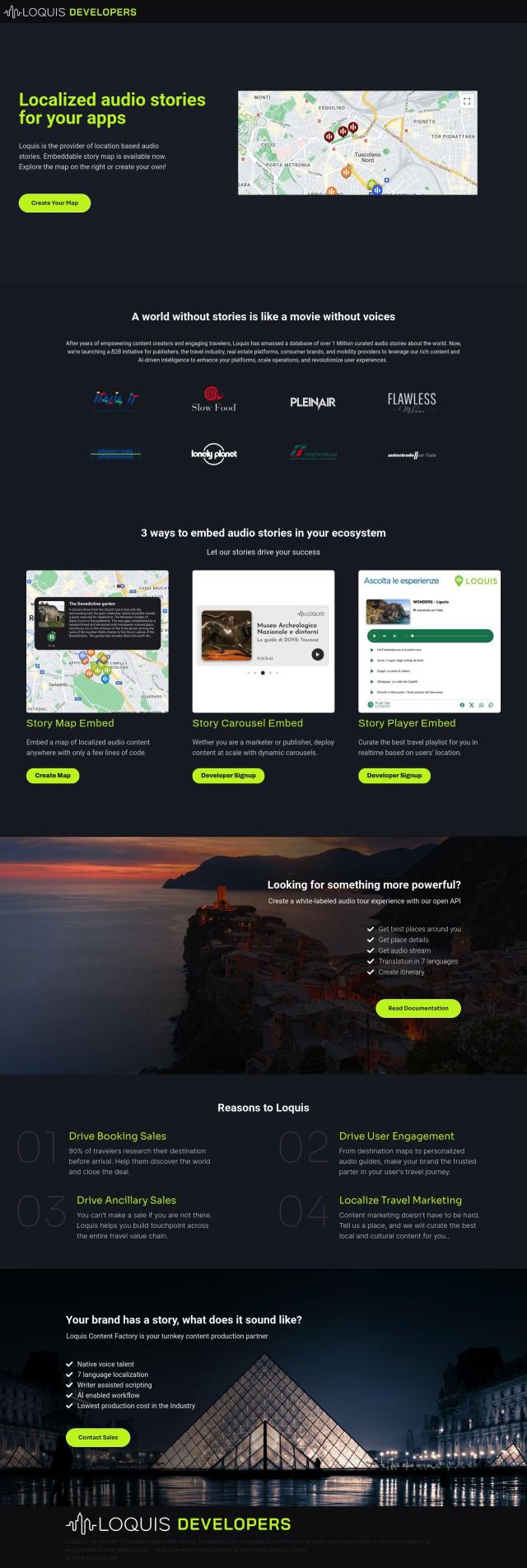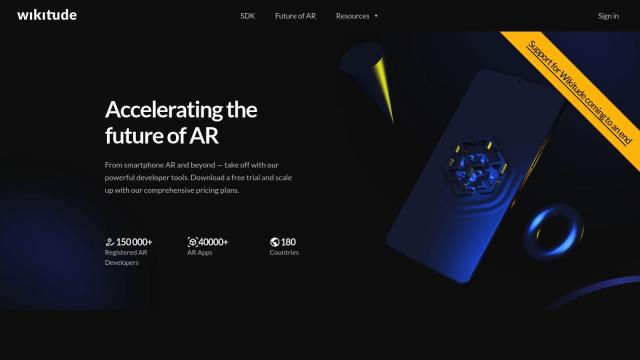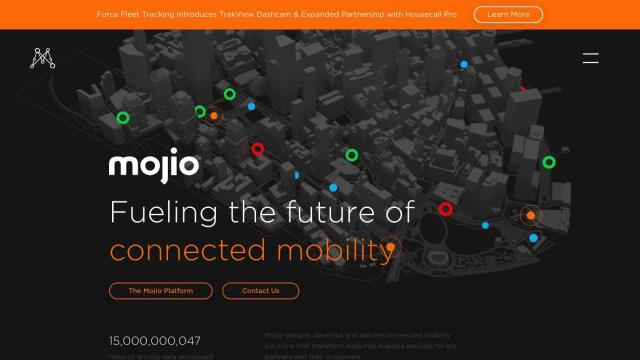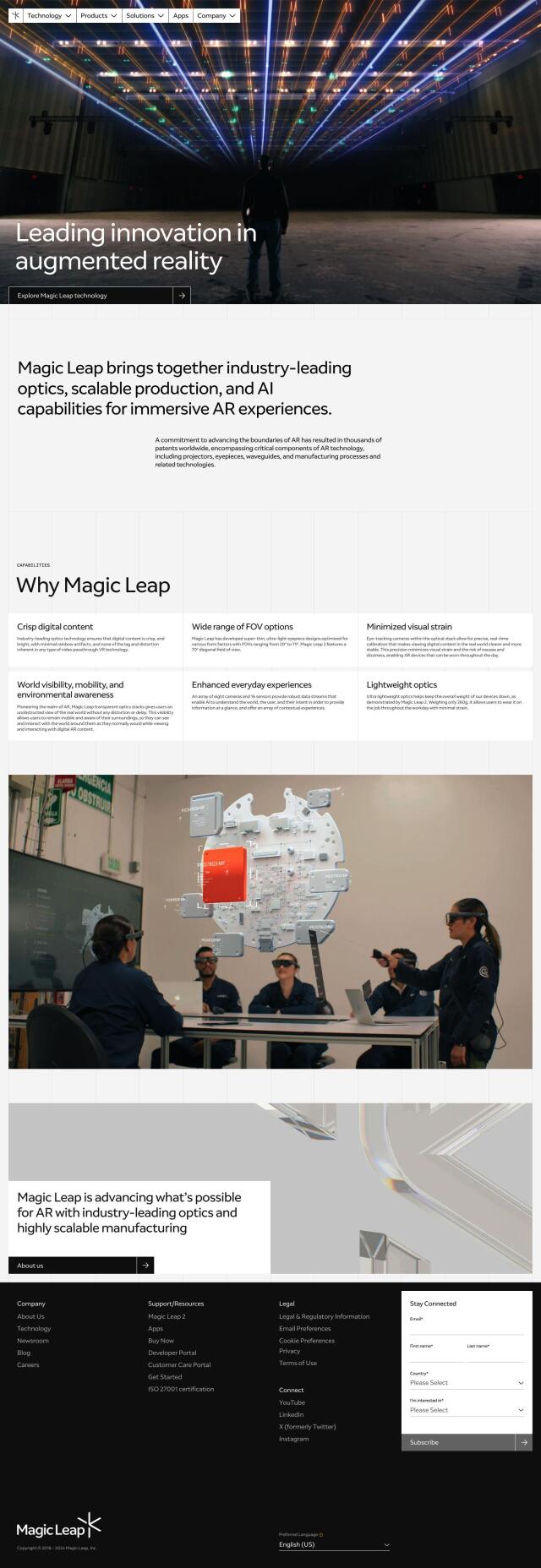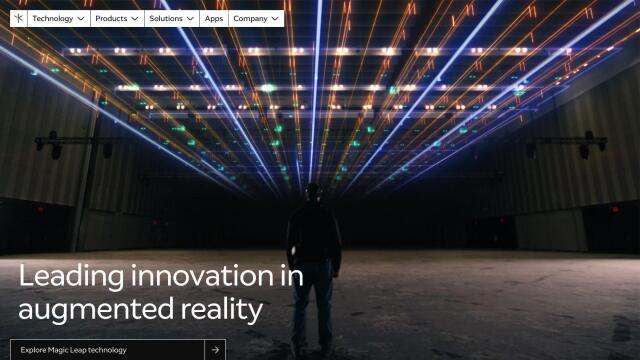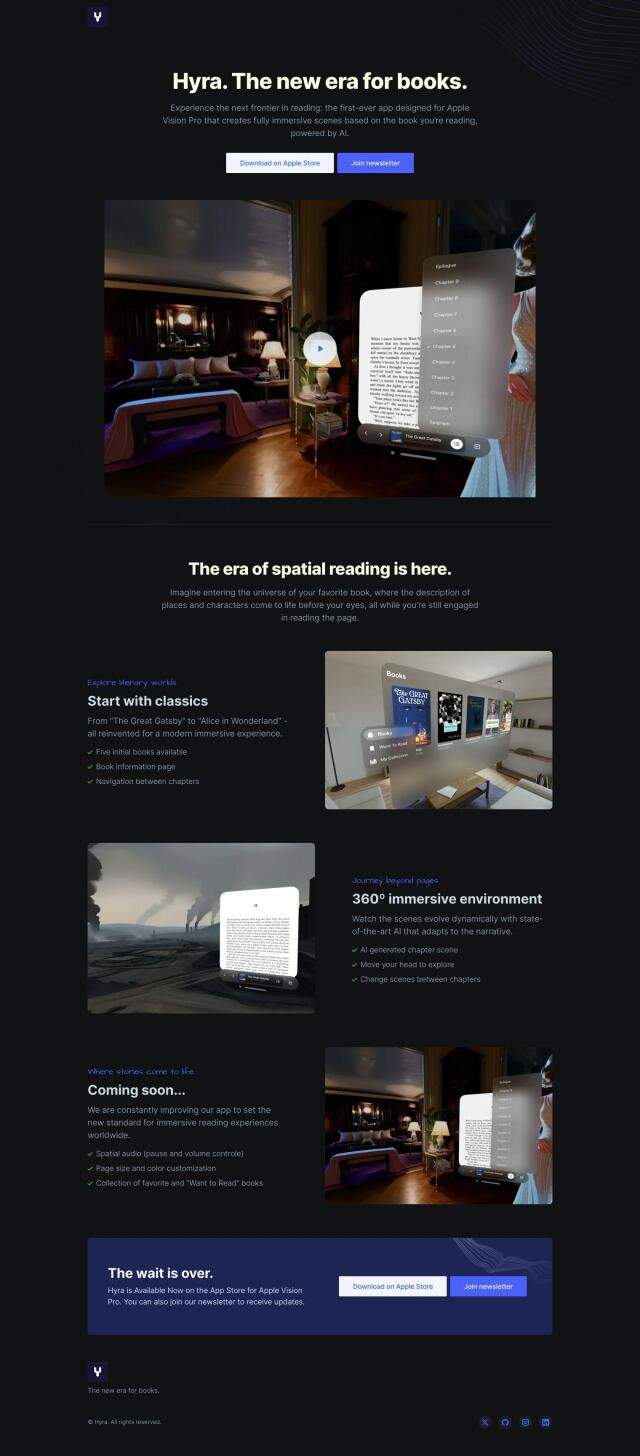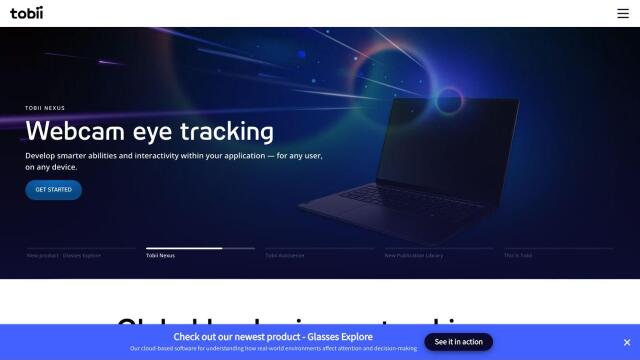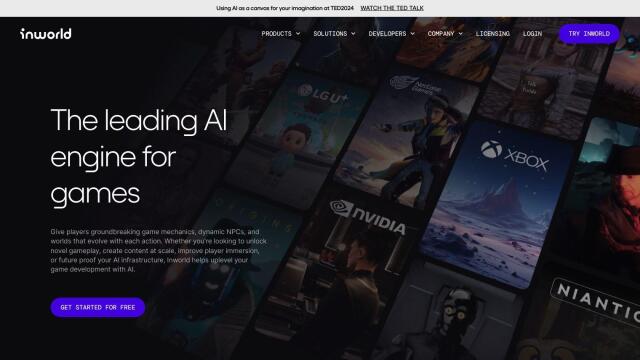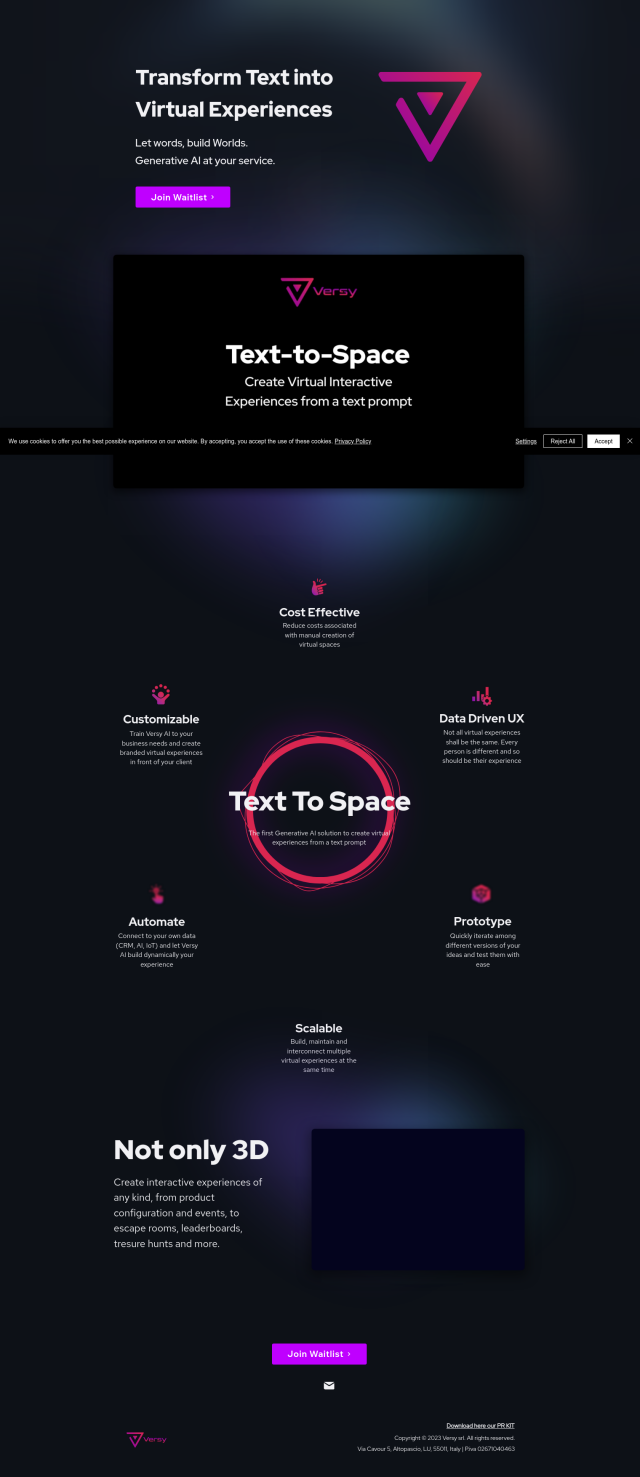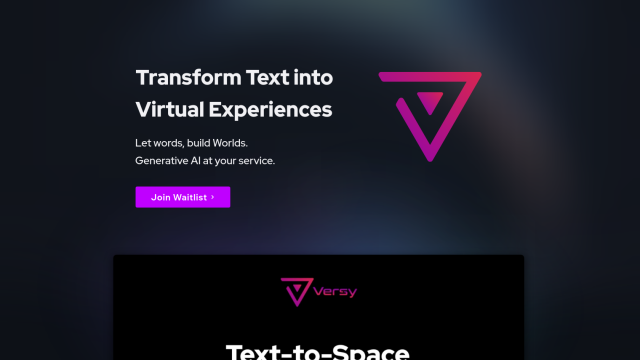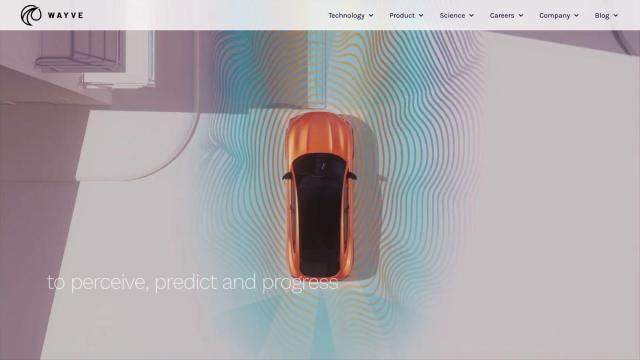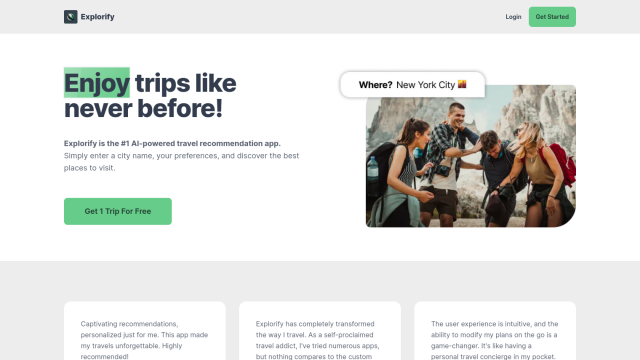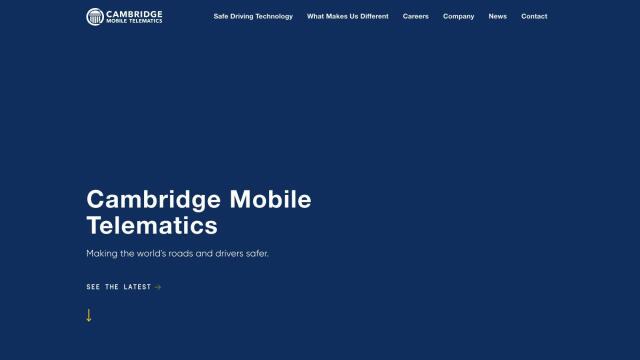

AFEELA
If you're looking for a holoride alternative, AFEELA is another contender worth a look. It uses a combination of sensing technology and AI to make driving more enjoyable and comfortable. The system includes a conversational Mobility Personal Agent, immersive entertainment, noise cancellation, spatial audio and sophisticated sensors for a more natural driving experience. It doesn't offer the full VR experience of holoride, but its personalized in-cabin features and adaptive driving assistance are compelling.

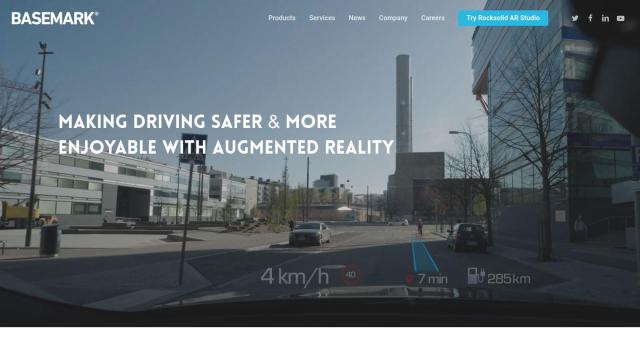
Basemark
Another project you might be interested in is Basemark, which focuses on developing Augmented Reality (AR) and Advanced Driver-Assistance Systems (ADAS) for the next generation of vehicles. Its Rocksolid AR toolchain is designed to ensure AR content is properly positioned in a moving vehicle, which can improve driver situational awareness and safety. That could be of interest if you want to bring AR elements into your driving experience.
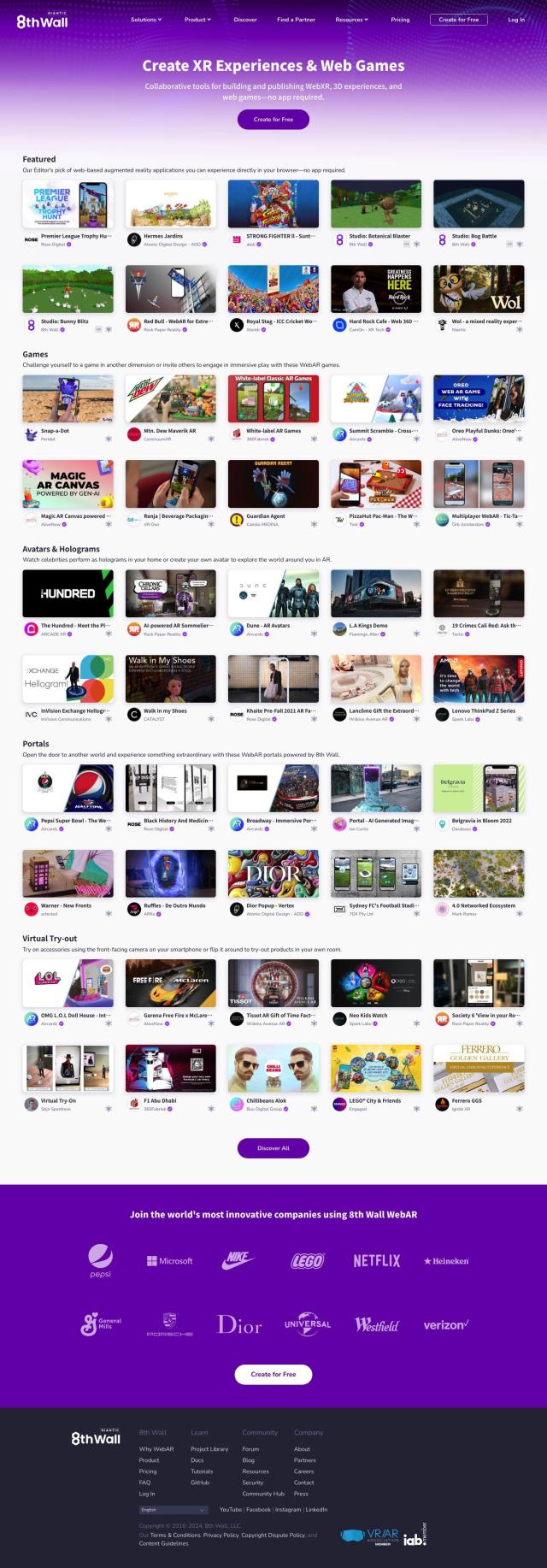
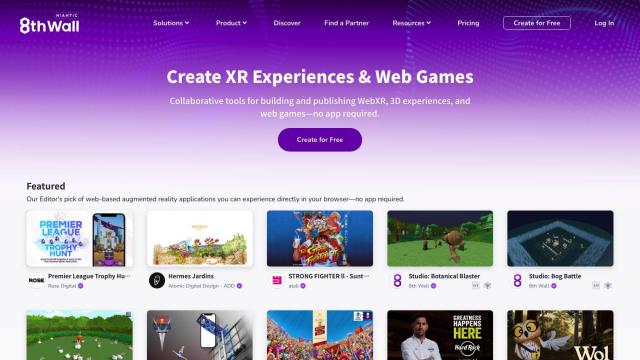
8th Wall
If you prefer a more technically oriented option, check out 8th Wall, which provides a platform for building web-based augmented reality (WebXR) and 3D experiences without needing separate apps. That opens up possibilities for immersive gaming, interactive experiences and virtual accessories through ordinary web browsers. It doesn't offer a direct driving experience, but its web-based AR abilities could spice up your daily drive with interactive entertainment.
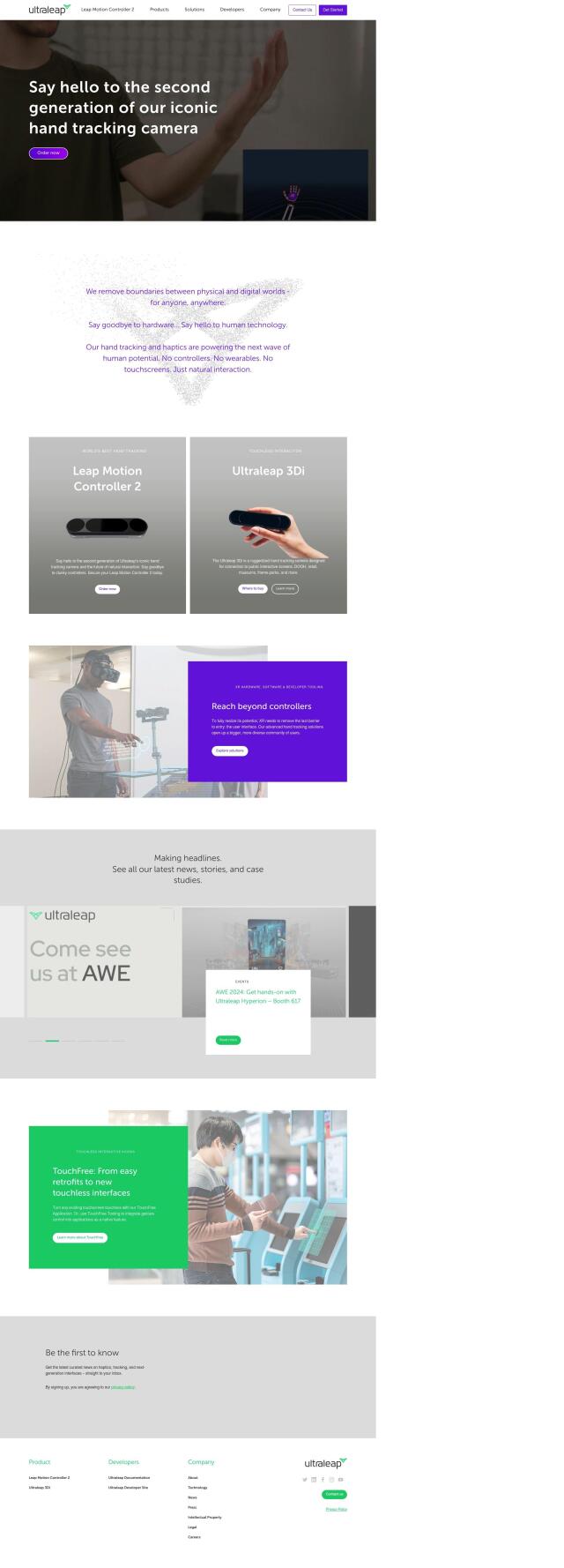
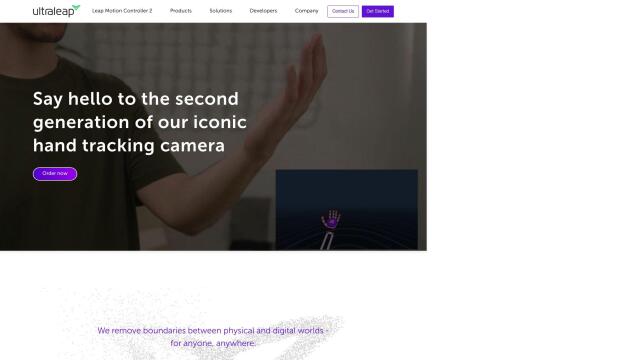
Ultraleap
Last, Ultraleap offers hand tracking and haptic technology for controller-free interaction in XR apps. The technology, which uses infrared cameras to track hand movement, could be built into your driving experience to offer gestures and other interaction without requiring wearables. That could be a useful way to control your in-car entertainment and navigation with hand gestures.

